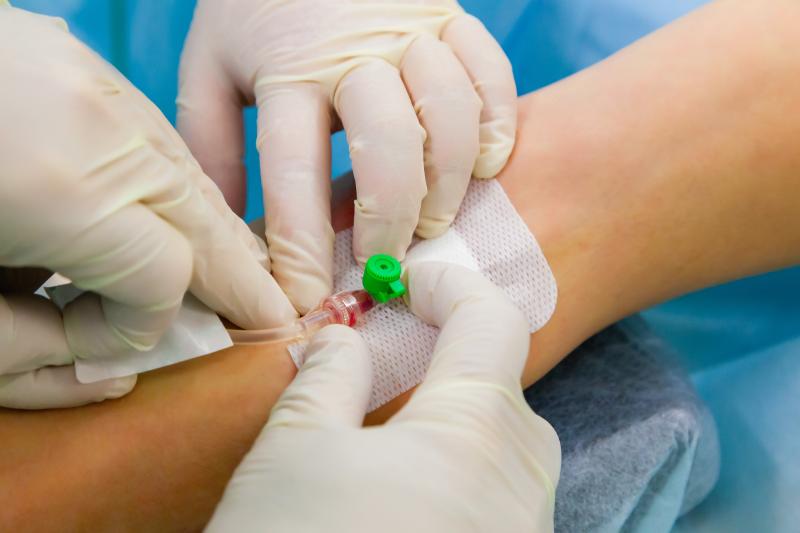13 Jul 2016
Inserting stents by radial access for percutaneous coronary intervention (PCI) reduced bleeding and risk of death in patients with coronary artery disease (CAD) as opposed to femoral access, according to a recent meta-analysis of 24 randomized trials.
“These findings support the use of radial access as the default approach for coronary angiography followed by PCI in the whole spectrum of patients with CAD undergoing invasive management, and strongly support a change in the ‘femoral first’ paradigm to a ‘radial first’ approach,” said lead author Dr. Giuseppe Ferrante of the Department of Cardiovascular Medicine at Humanitas Research Hospital in Milan, Italy.
In the meta-analysis which pooled data from 22,843 patients in 24 randomized studies, patients who underwent radial access had a 29 percent lower risk of death from any cause compared with those who had intervention through femoral access (odds ratio [OR], 0.71, 95 percent confidence interval [CI], 0.59-0.87; p=0.001). [JACC Cardiovasc Interv 2016;doi:10.1016/j.jcin.2016.04.014]
Risk of major adverse cardiovascular events (MACE) also decreased by 16 percent with radial access in comparison to femoral access (OR, 0.84, 95 percent CI, 0.75-0.94; p=0.002).
Additionally, there was a significant reduction of risks for major bleeding by 47 percent (OR, 0.53, 95 percent CI, 0.42-0.65; p<0.001) and major vascular complications by 77 percent (OR, 0.23, 95 percent CI, 0.16-0.35; p<0.001) with radial access in contrast to femoral access.
Risks of stroke and myocardial infarction were similar using both methods.
Importantly, the researchers found that radial access improved clinical outcomes mentioned above across a broad spectrum of stable and unstable CAD, including ST segment elevation myocardial infarction (STEMI), non-ST segment elevation (NSTE) acute coronary syndromes (ACS), and unstable angina.
“As much as possible, all eligible patients with a good radial pulse and positive Allen’s test [could be considered for transradial PCI],” said Dr. Jack Tan Wei Chieh, a senior consultant cardiologist and director of the Coronary Care Unit at the National Heart Centre Singapore in Singapore who was unaffiliated with the study.
At least 70 percent of all his pre-scheduled cases for coronary intervention in Singapore were performed through radial access, he added.
“Several anatomic features give the wrist an advantage over the groin,” said Dr. John Bittl, a cardiologist at Munroe Regional Medical Center in Ocala, Florida, US, in a separate commentary. “With the redundant vascular supply of the hand… loss of a radial pulse has fewer consequences than loss of the common femoral artery pulse.” [JACC Cardiovasc Interv 2016;doi:10.1016/j.jcin.2016.05.026]
However, patients with small radial arteries, upper-extremity haemodialysis access, and abnormal Allen’s test results are not favourable candidates for PCI through radial access, he said.
Tan agreed, adding that, “[Transradial PCI is] not for renal failure patients and post-bypass cases. Patients who require larger French guide catheters, or who have poor radial pulses with failure to demonstrate good collateral filling of the hand from the Ulnar artery [are also not recommended].”
Certain anatomical features of Asians could also limit radial access for the procedure, said Tan.
“The radial accesses for elderly ladies are smaller, more tortuous and tend to have spasms with minimal manipulation.”
The main challenge in performing transradial PCI lies in overcoming the learning curve to attain mastery of technical skills, said Tan. Previous studies have reported that high procedure volumes were often required by cardiologists to achieve proficiency. [Int J Cardiol 1998;64:231–239]



